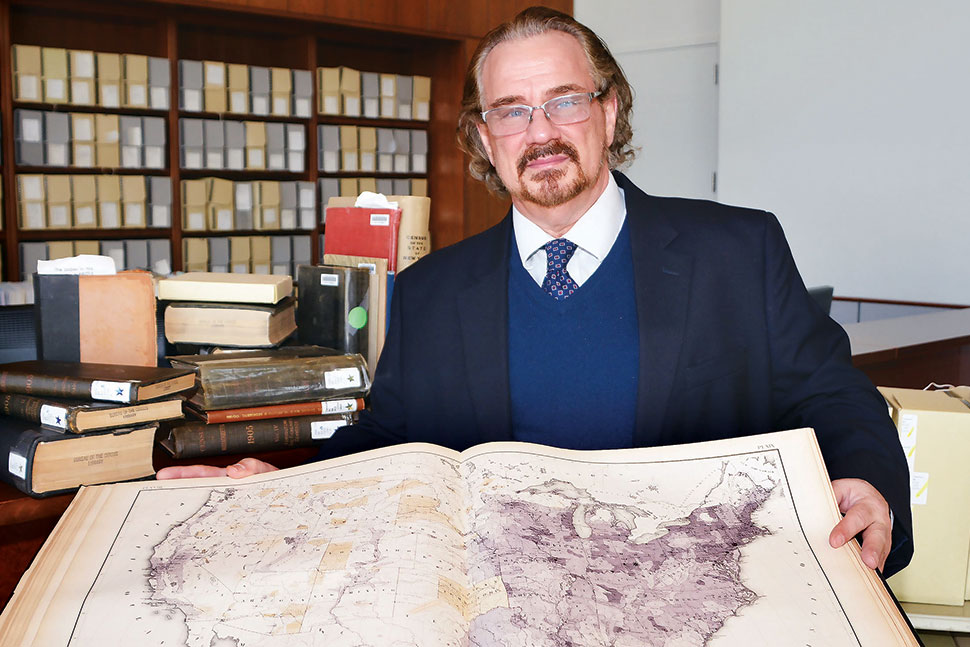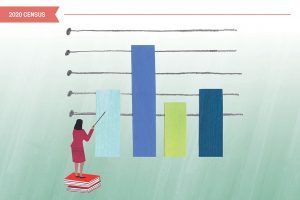
In many ways, the US Census Bureau’s Census Library in Suitland, Maryland, is similar to any other research library. It has a circulation desk, reference activities, programming, and archives and special collections which hold maps, artifacts, and more than 5,000 research papers generated by the bureau’s scientists over the years.
“The census is a living document,” says David Thibodeau, head librarian and project manager, of the survey that has been conducted every 10 years since 1790. “People find something in the 1980 Census and they want to find the exact same data going back decades, but it doesn’t really work like that. In every manifestation, every decennial census, there are differences.”
The Census Library collects, preserves, and provides access to information related to the Census Bureau—whose motto is “measuring America’s people, places, and economy”—and the surveys it administers (including the American Community Survey, among others) in the core subject areas of statistics, survey methodology and sampling, population studies, demography, geography, computer technology, census histories, and international census data.
Every week Thibodeau fields requests for census data and reports from internal and external researchers: publications like The Economist and The Washington Post, corporations looking for neighborhood demographic data, and all manner of libraries tracing reference requests to the source.
While other bureau employees focus on the 2020 count, Thibodeau is looking ahead to the interpretation stage, when researchers convert raw numbers into trends and insights.
“The census is about community, taking big government and translating it for communities,” he says. “That’s a wonderful place for libraries to play a role.”


